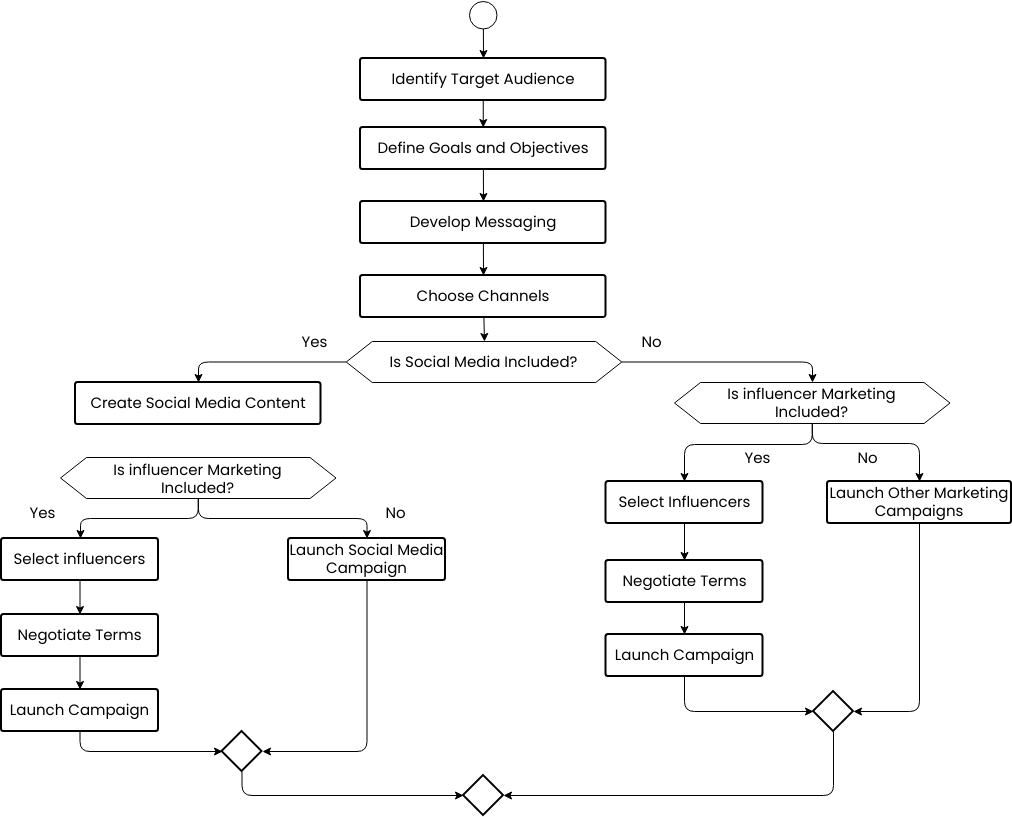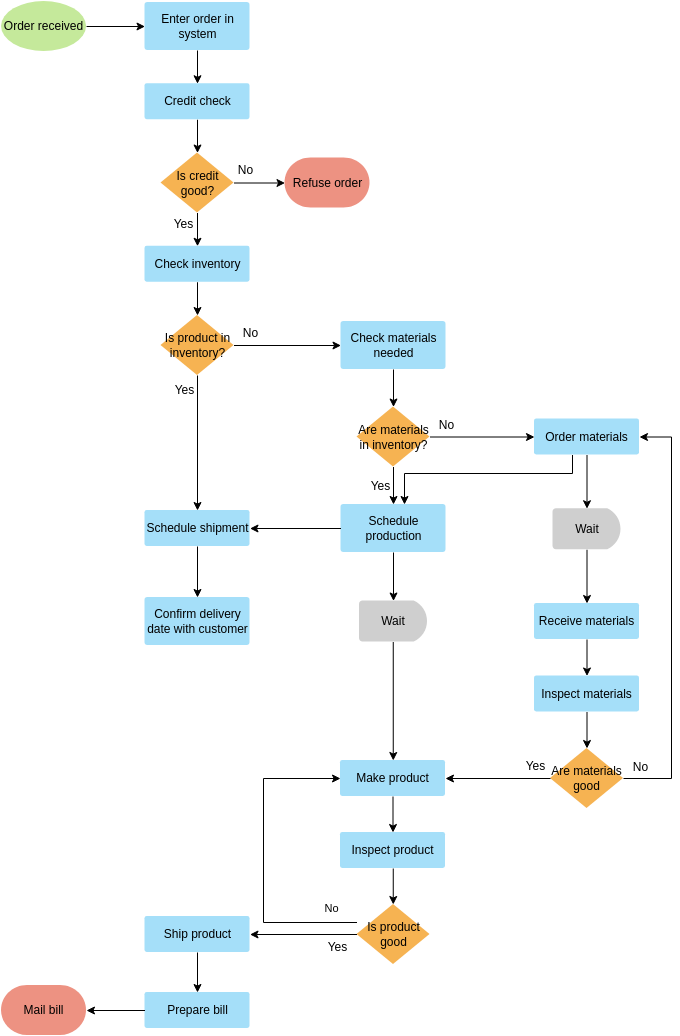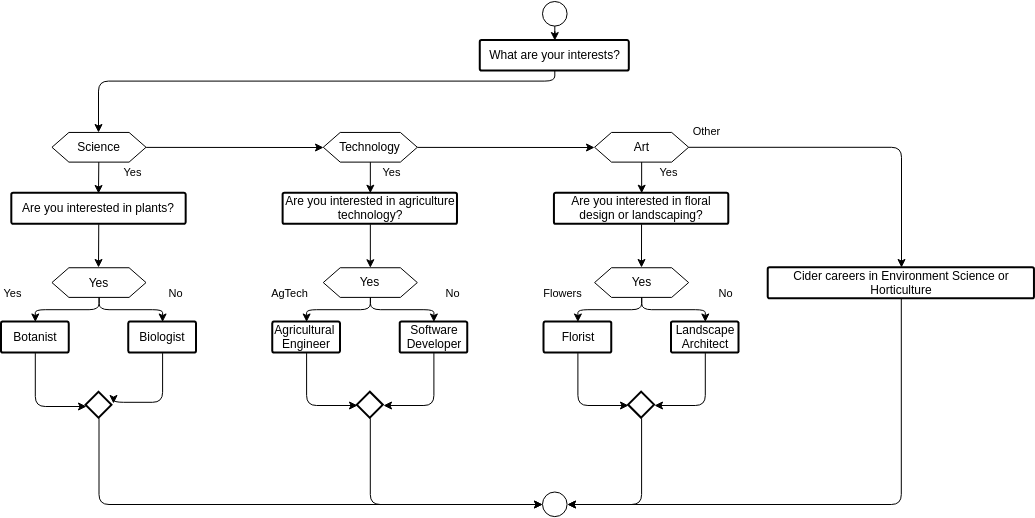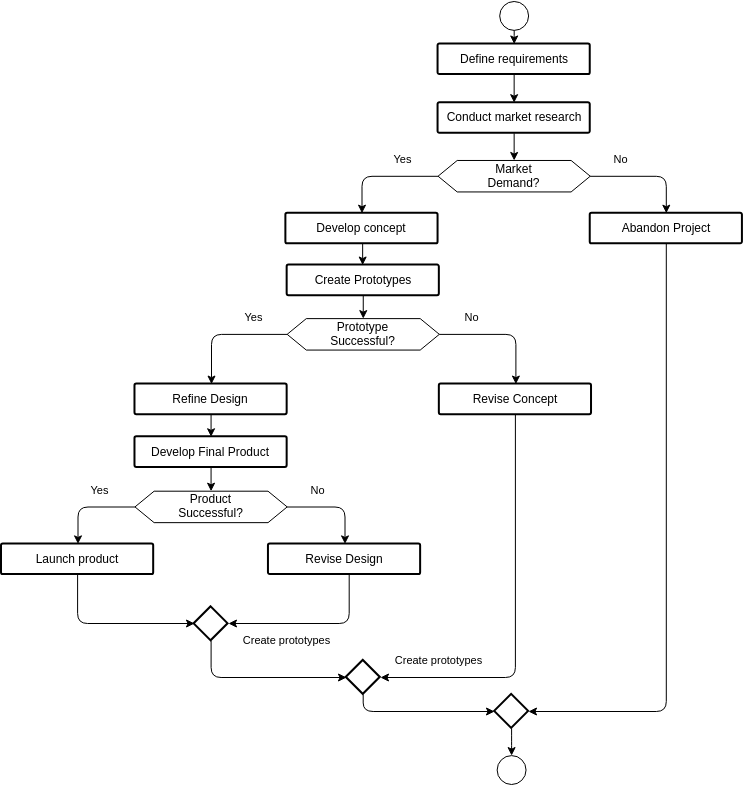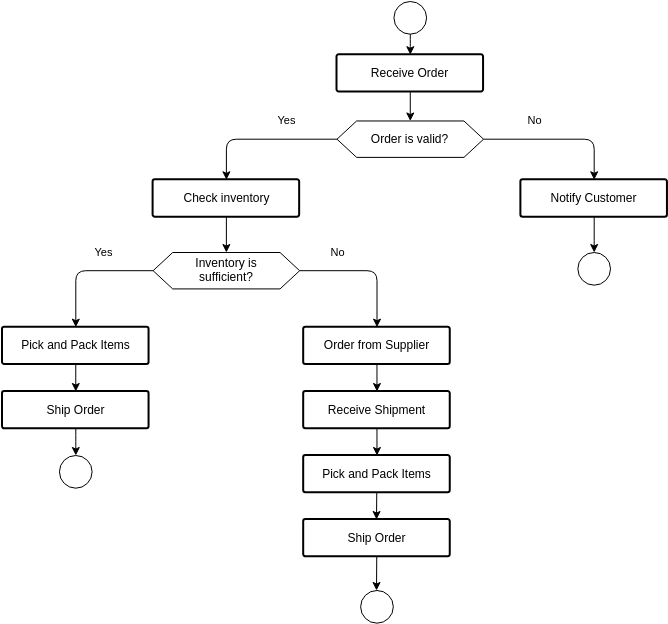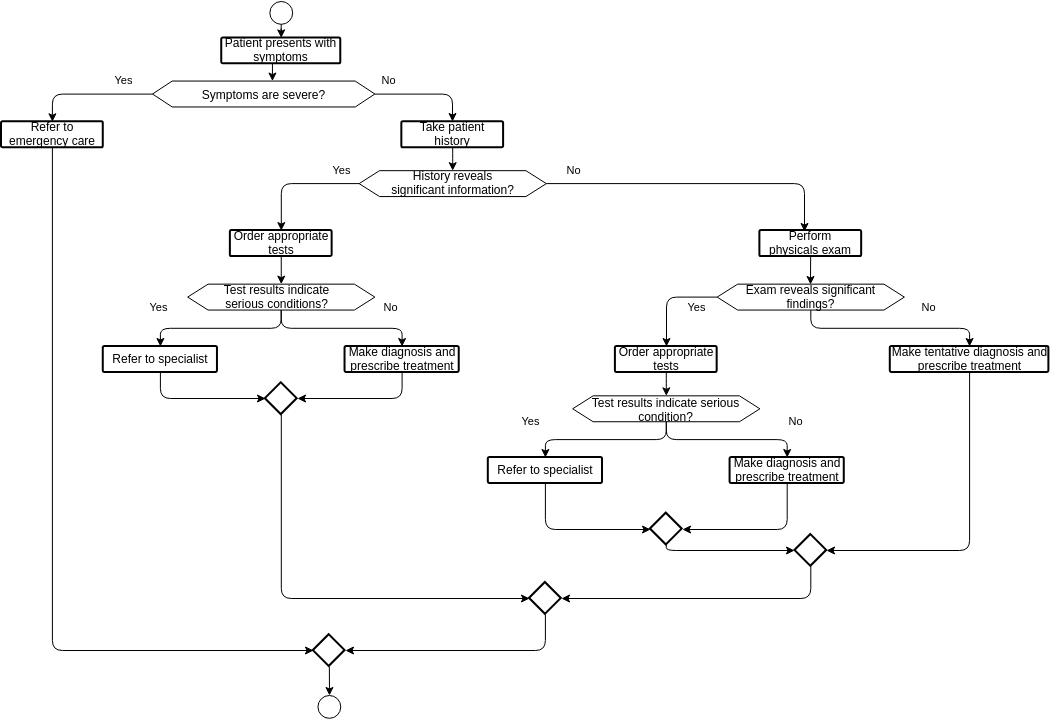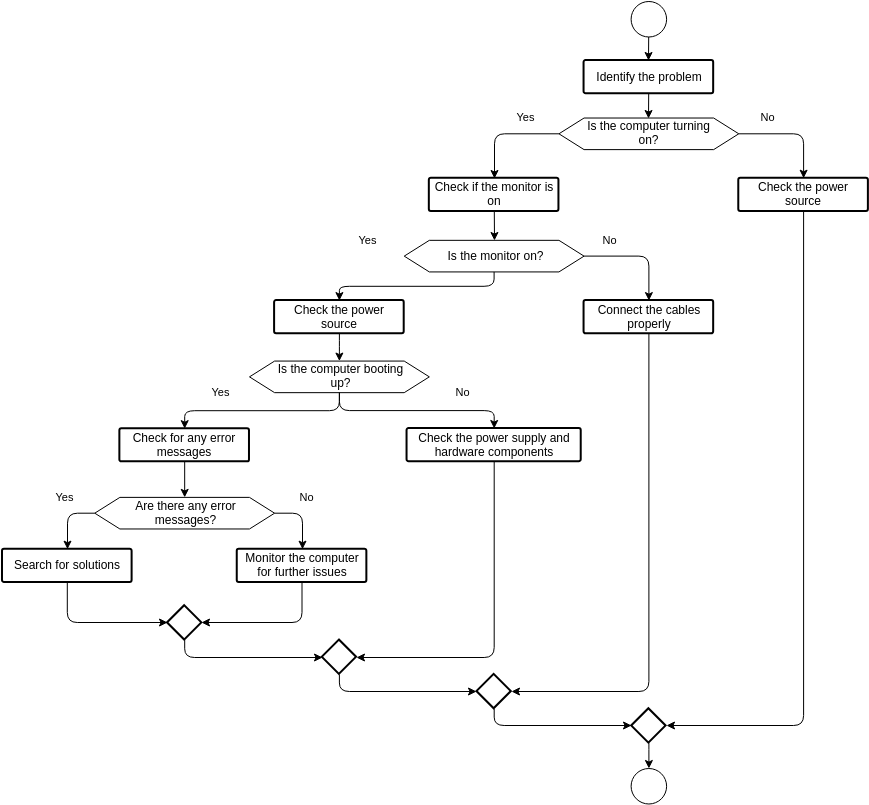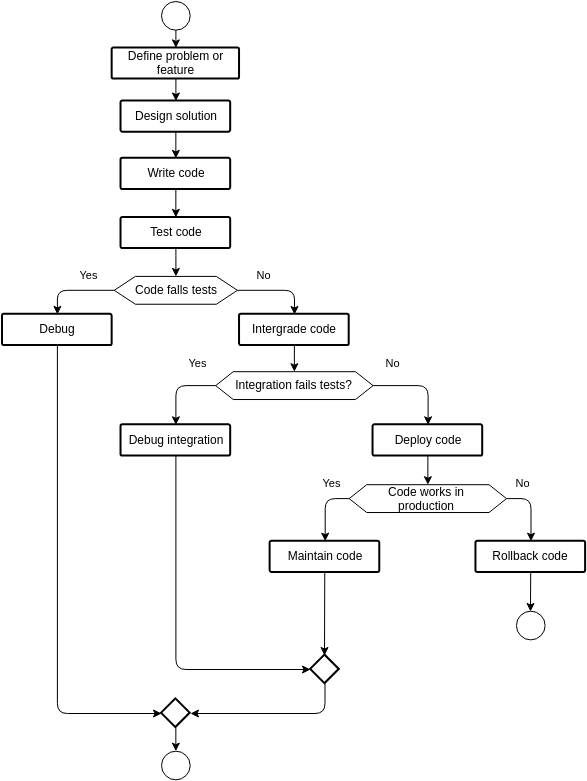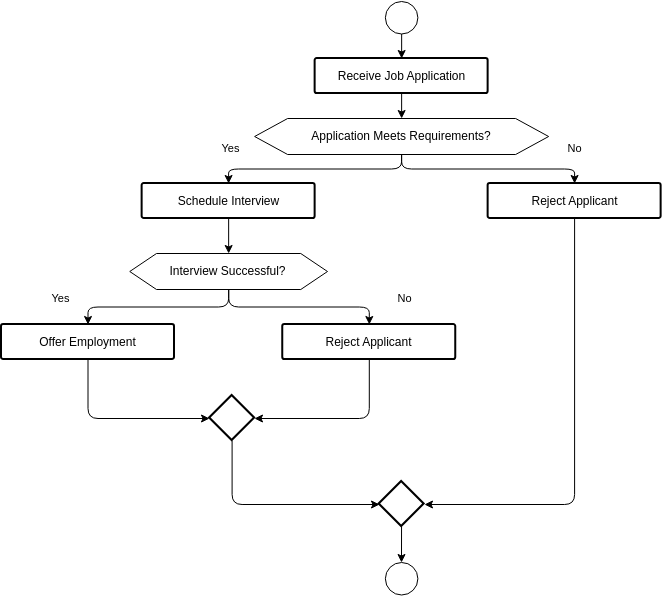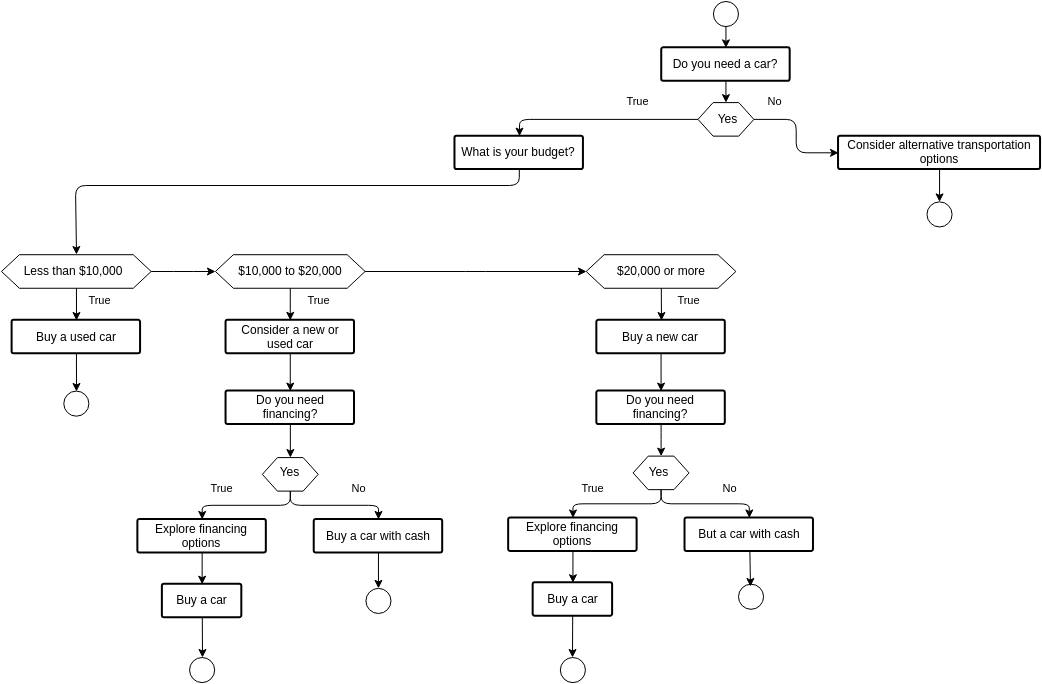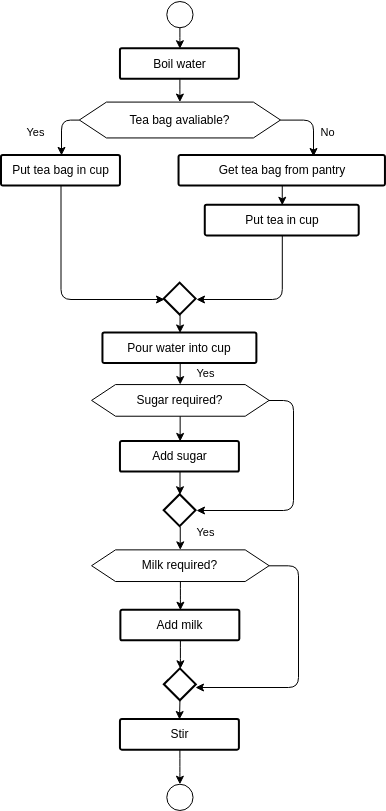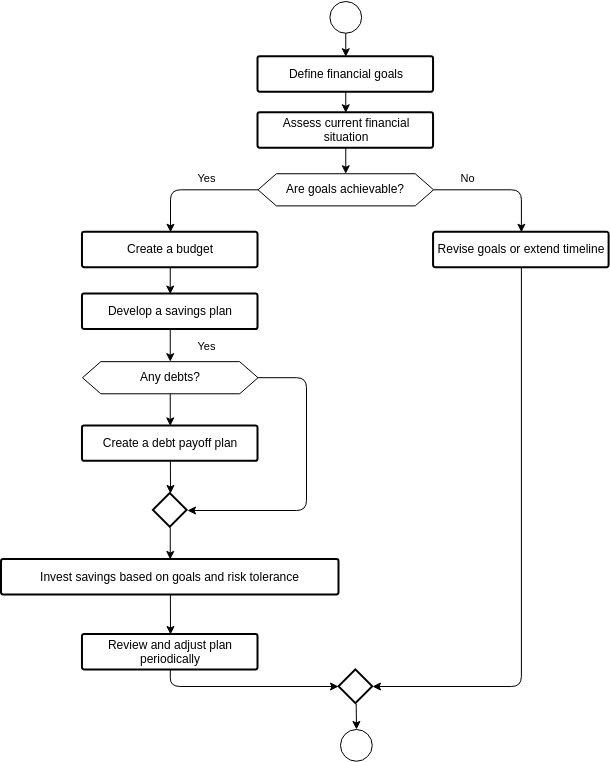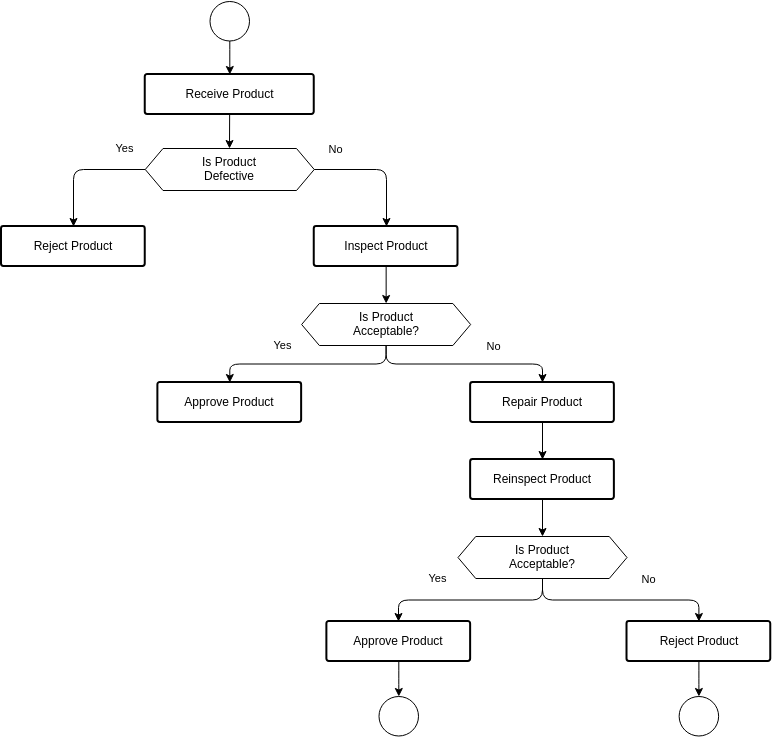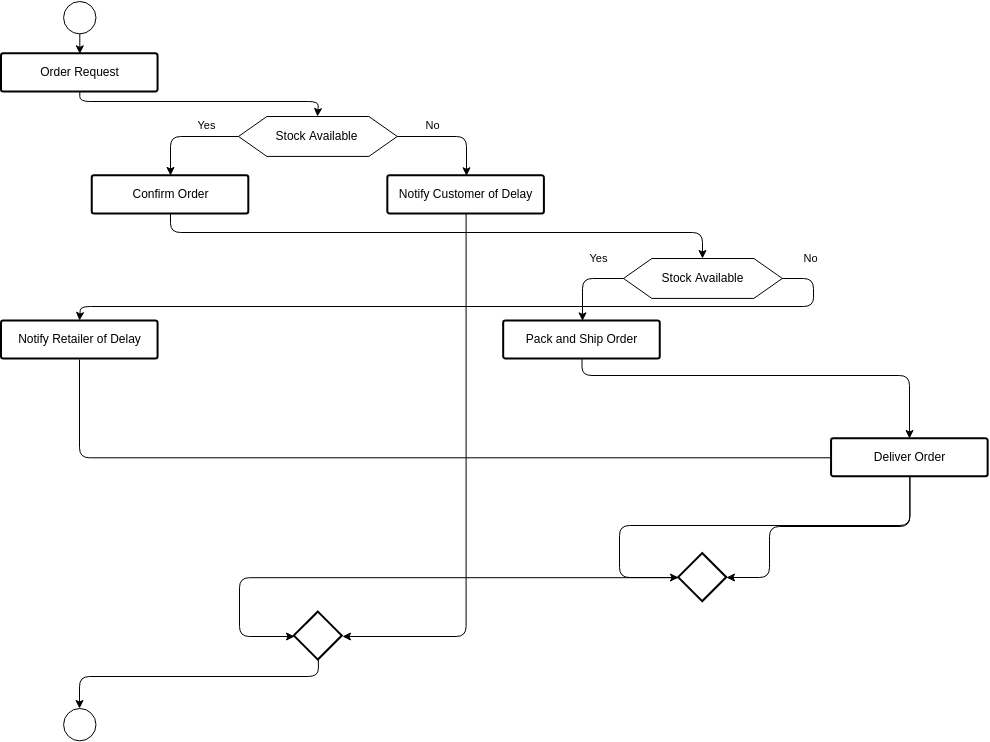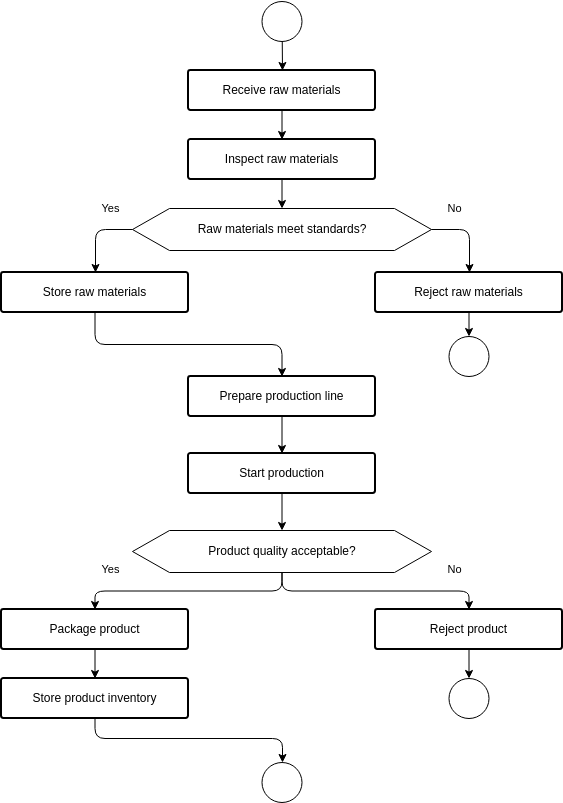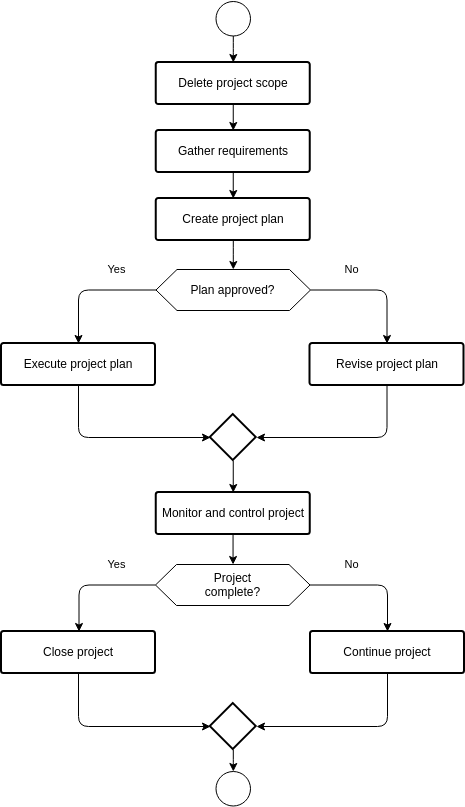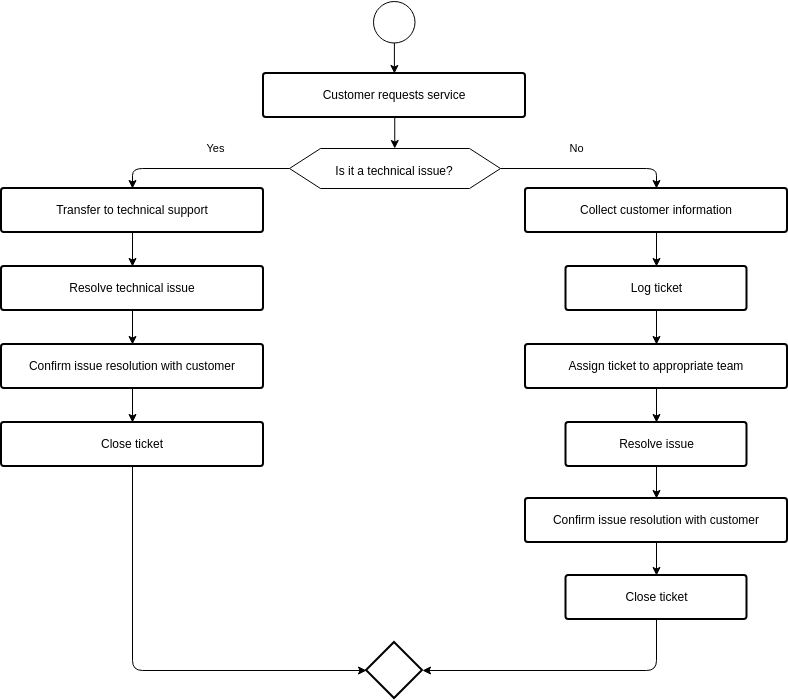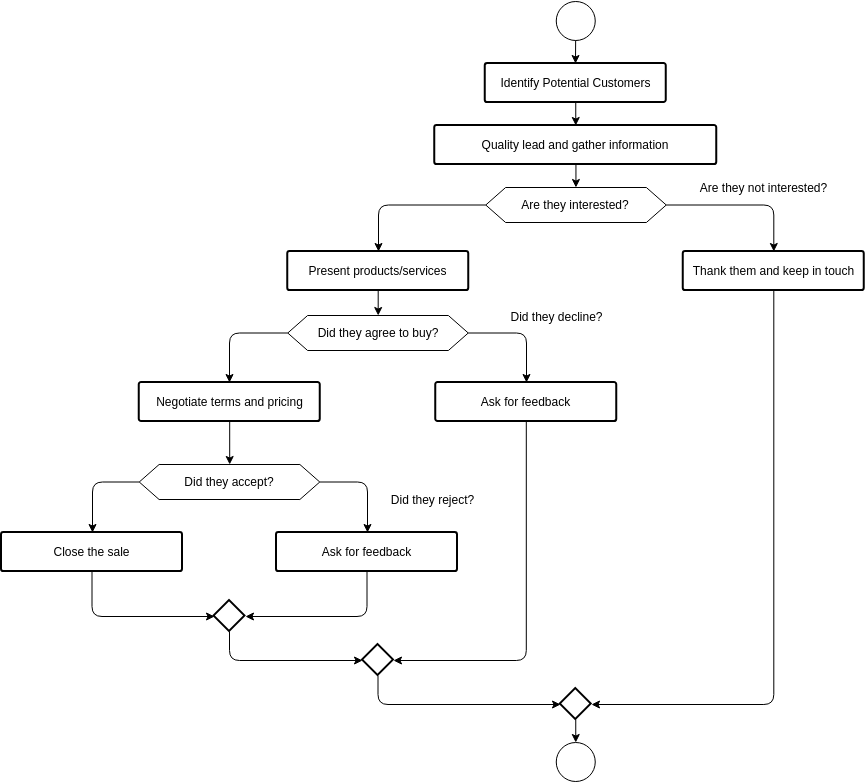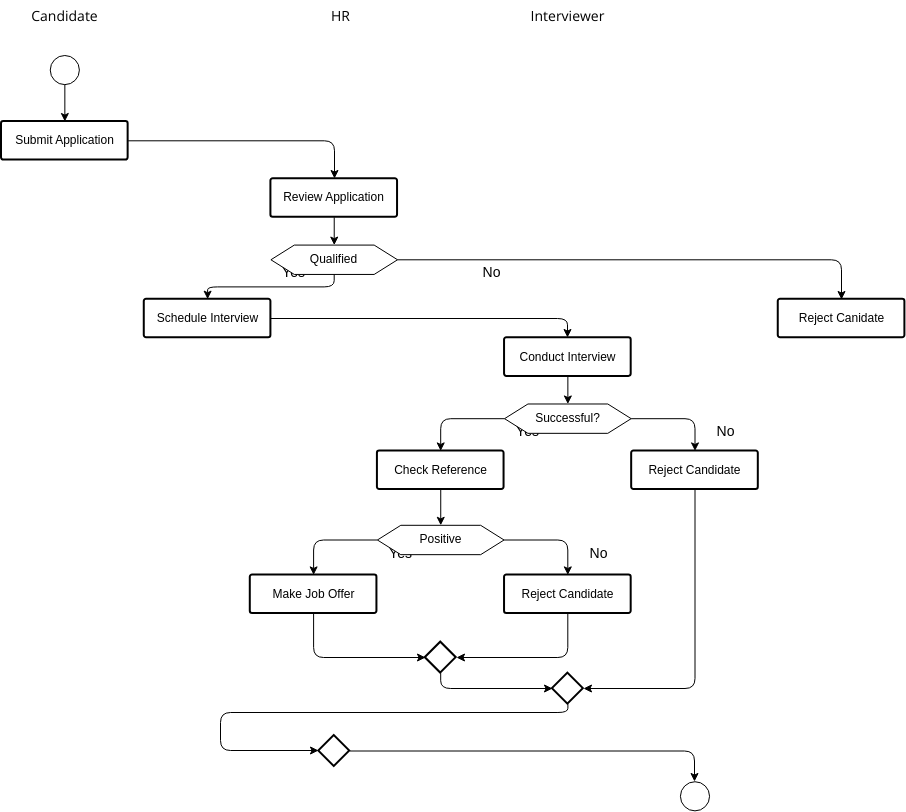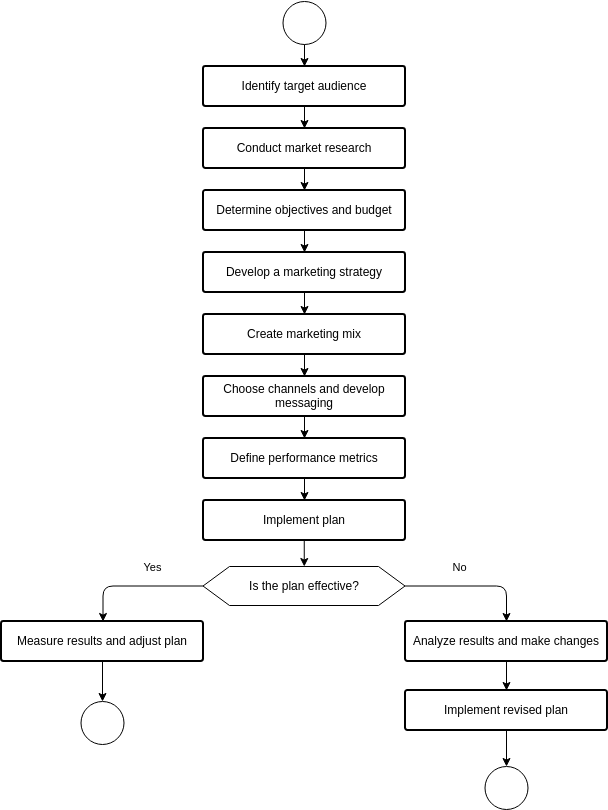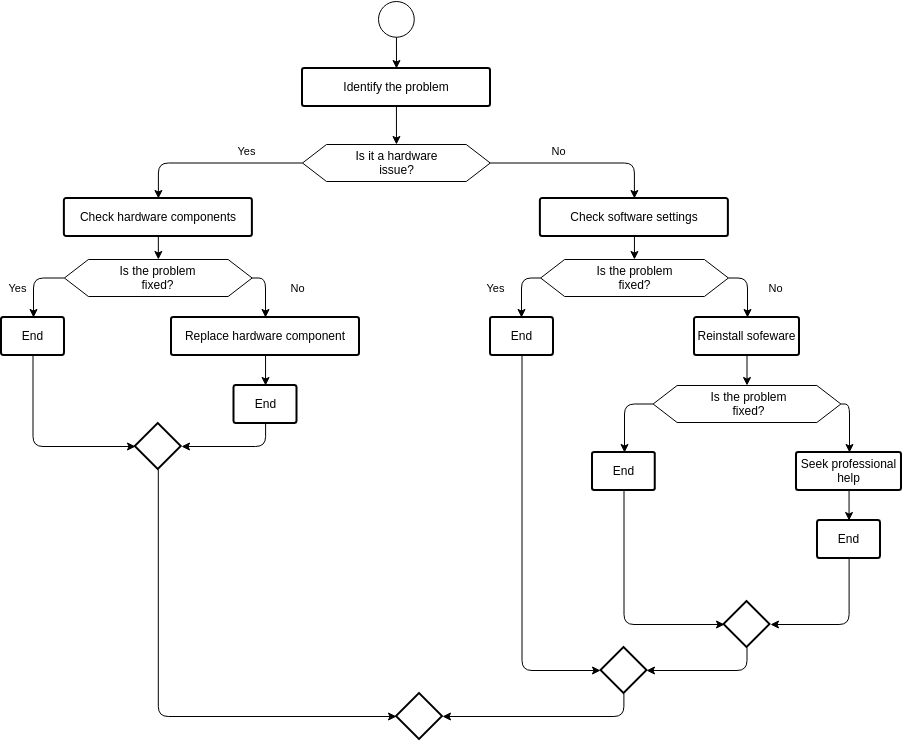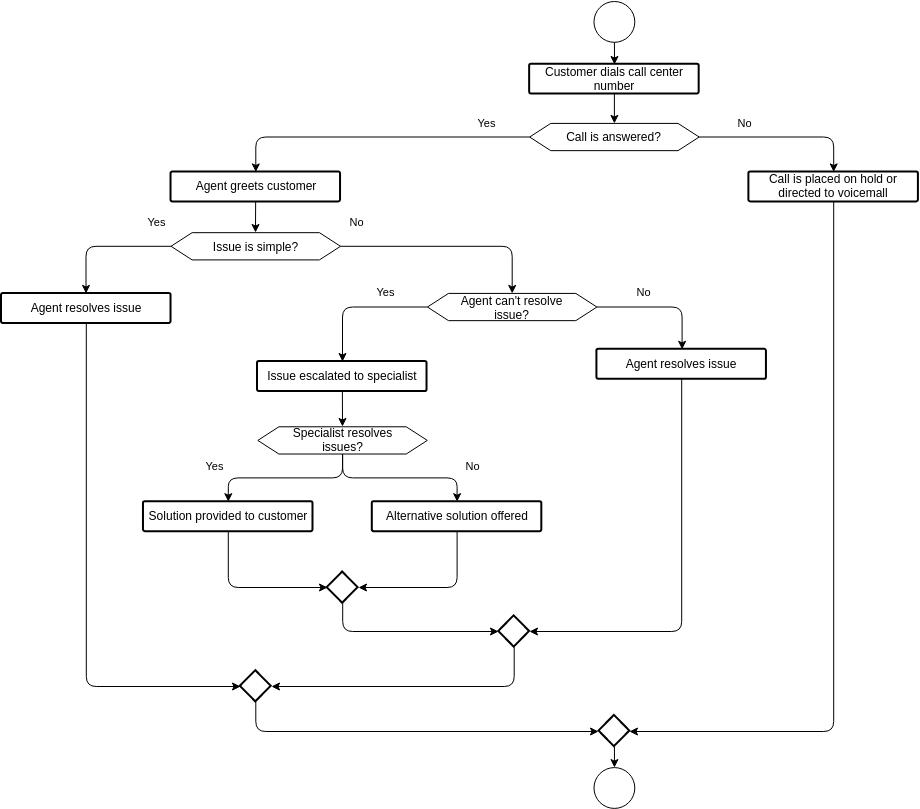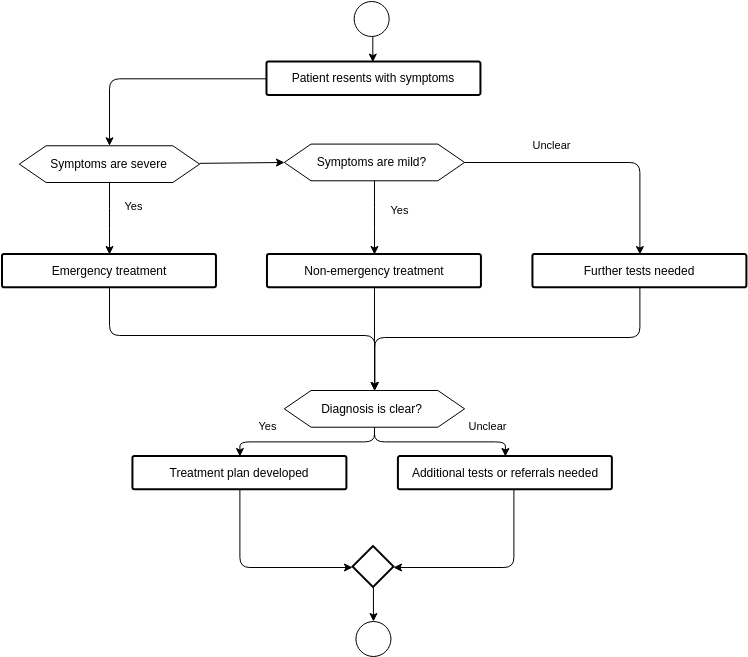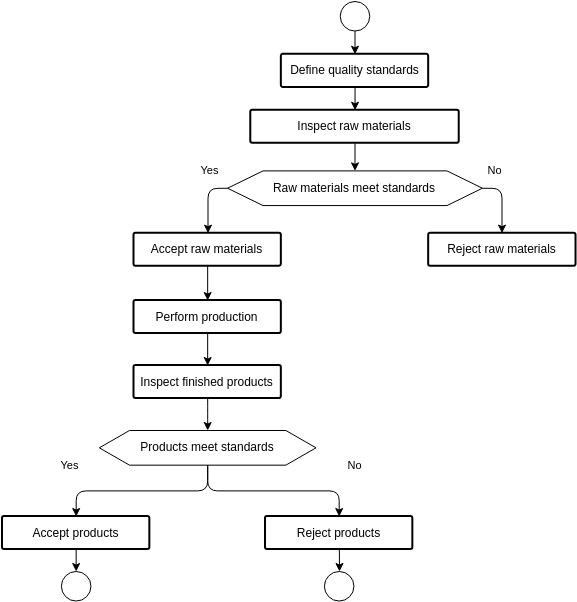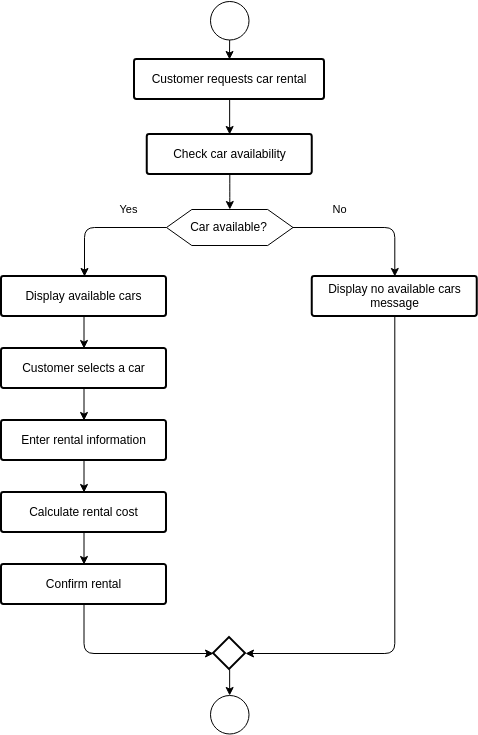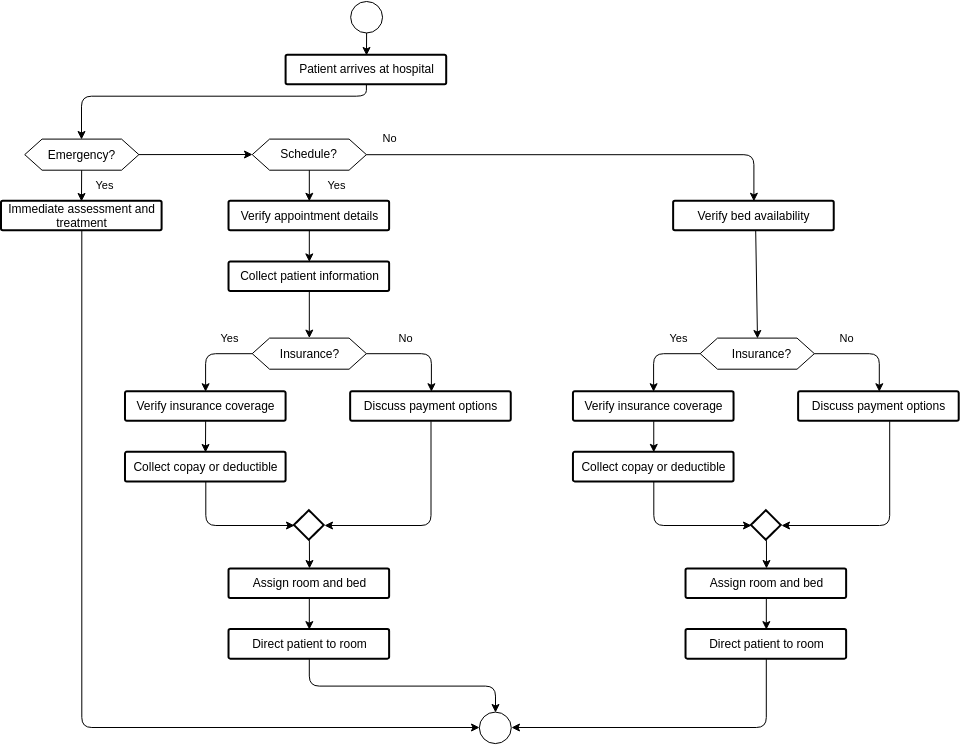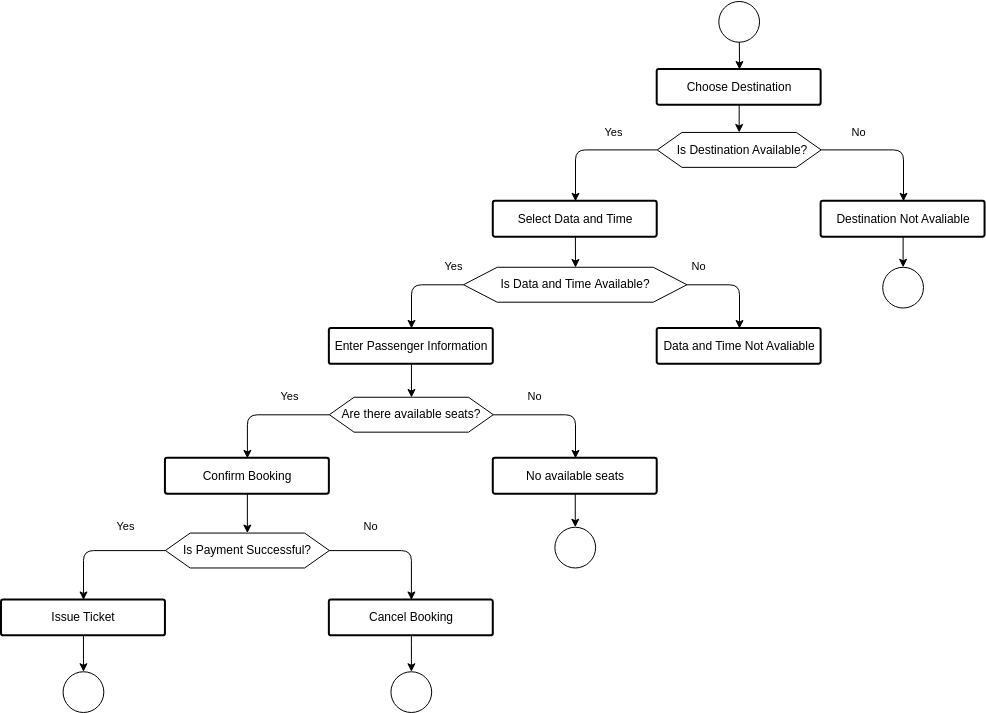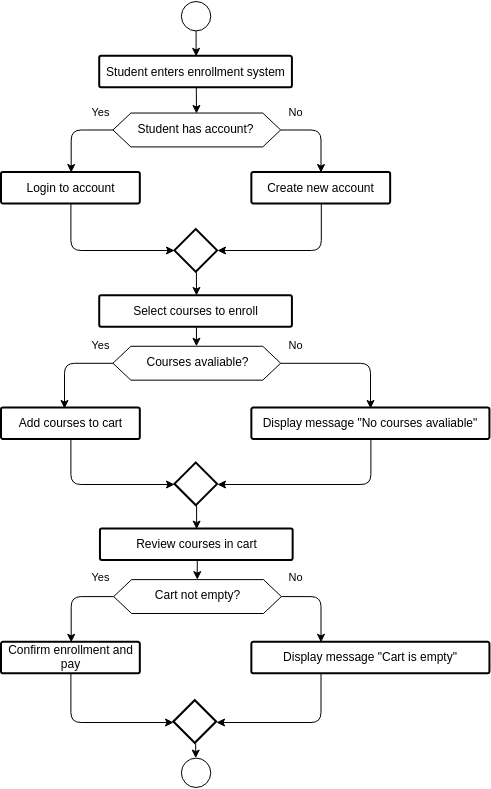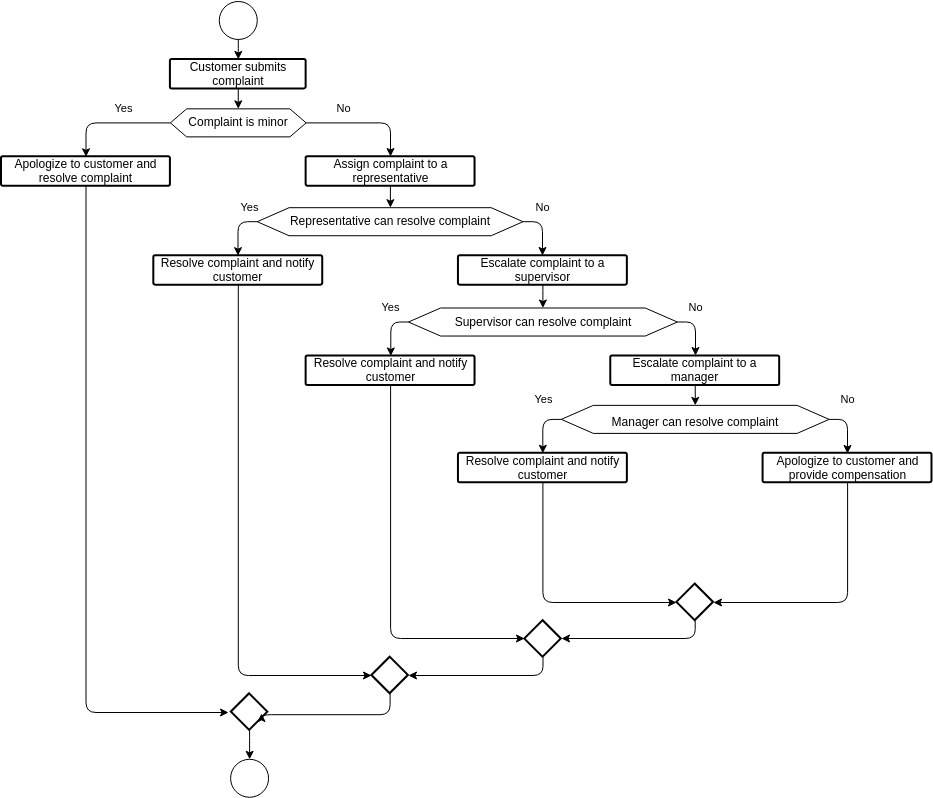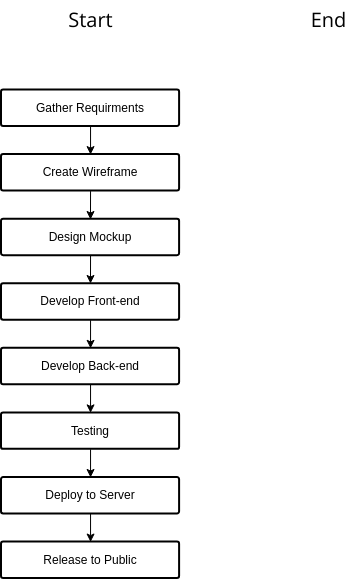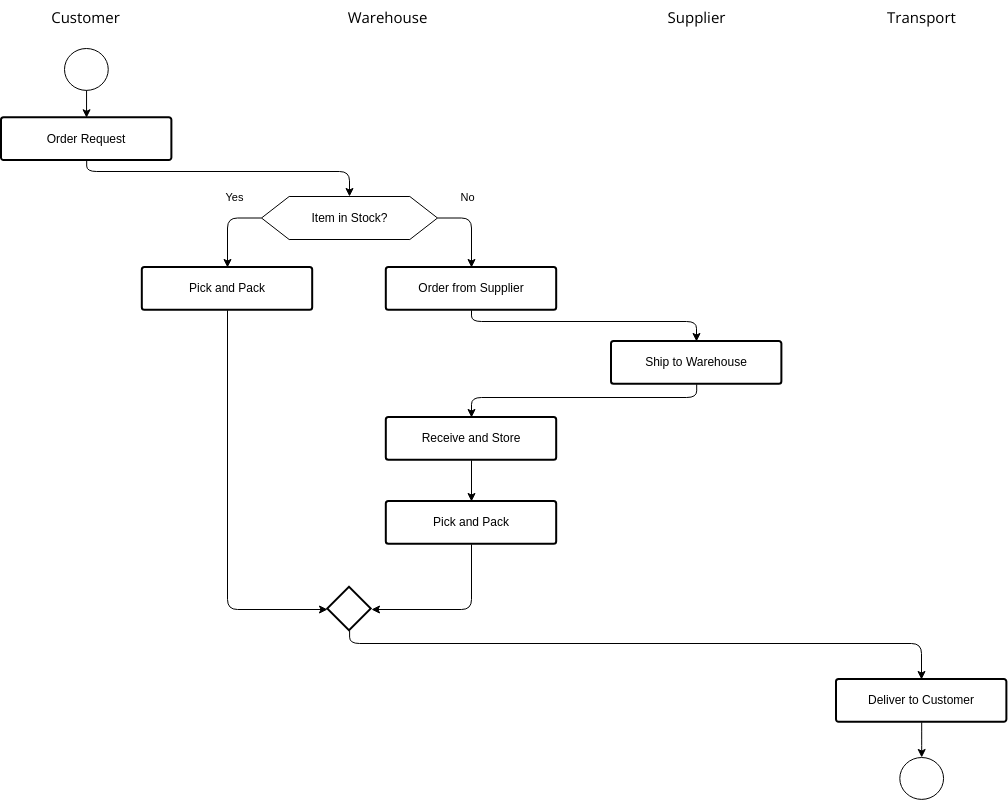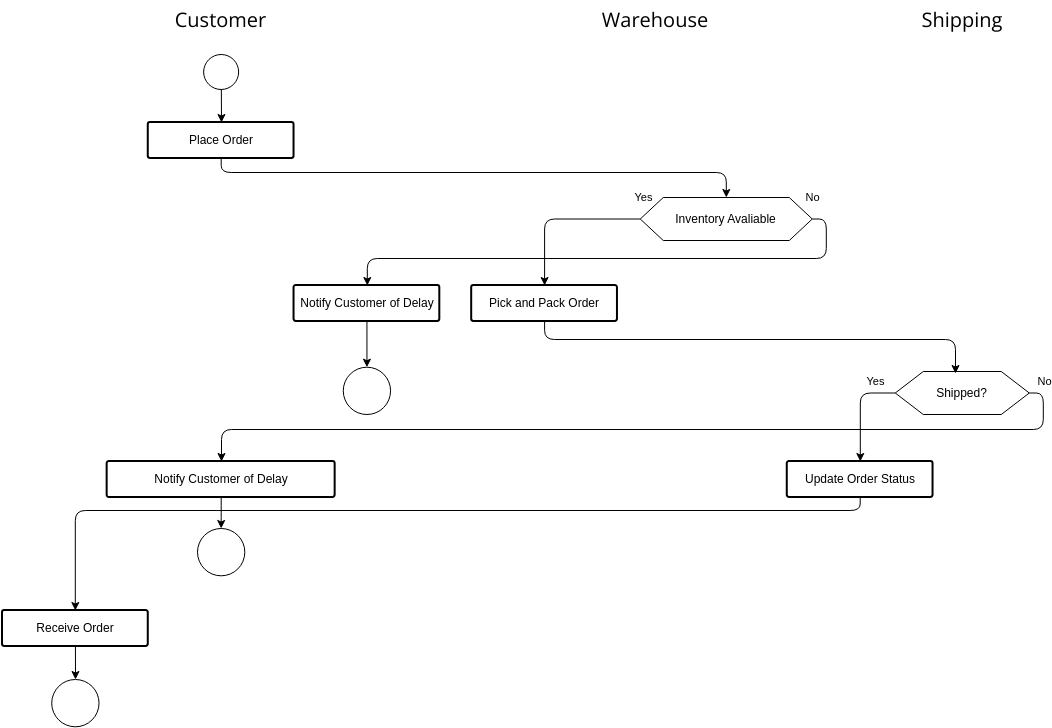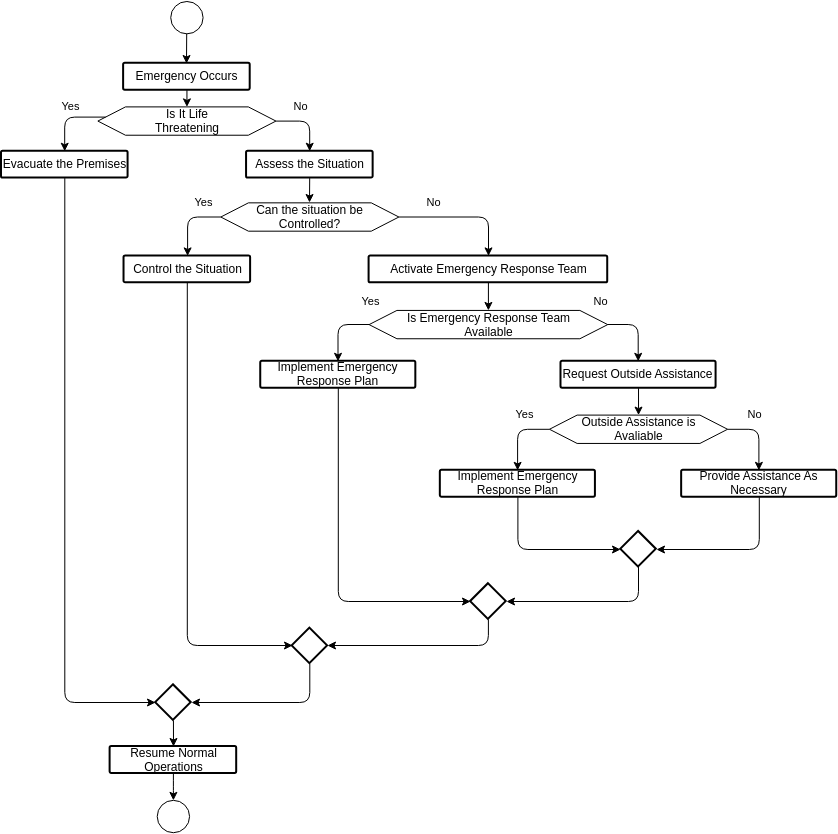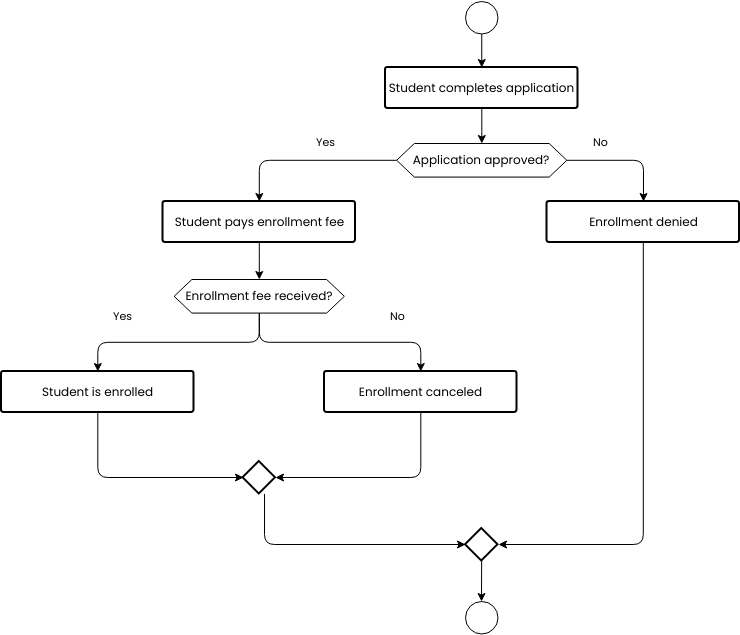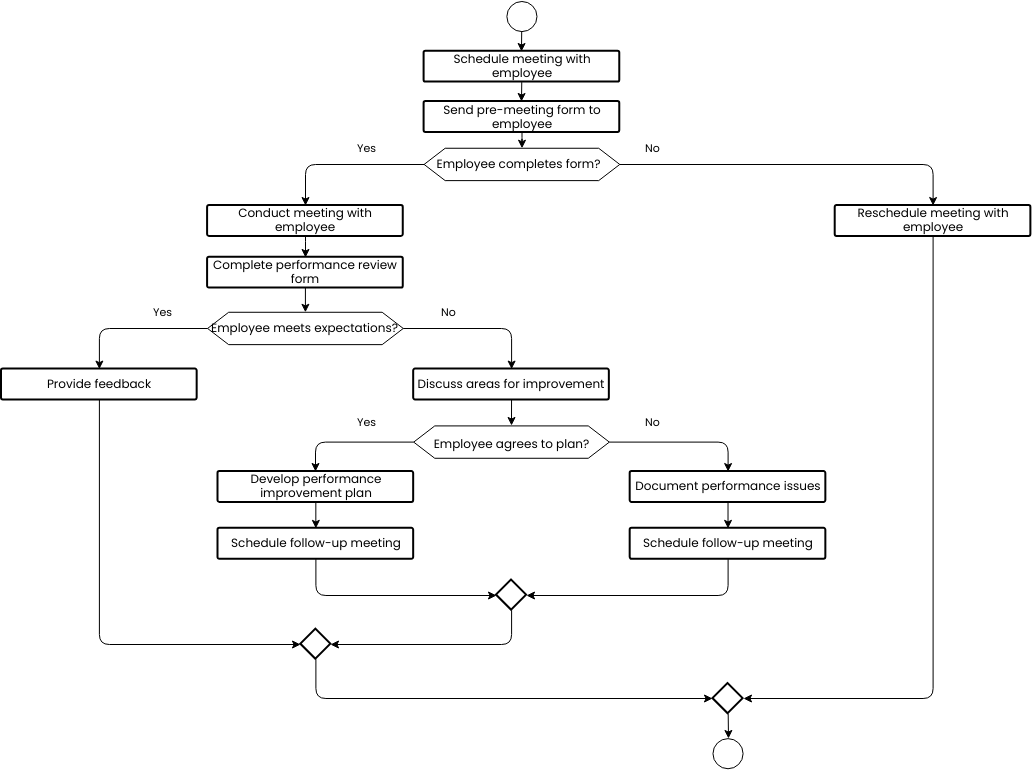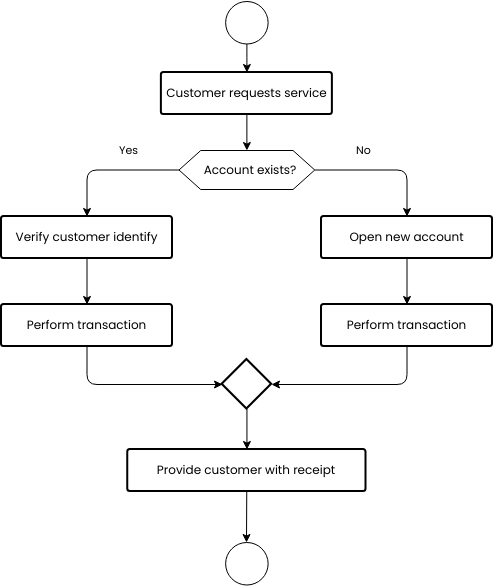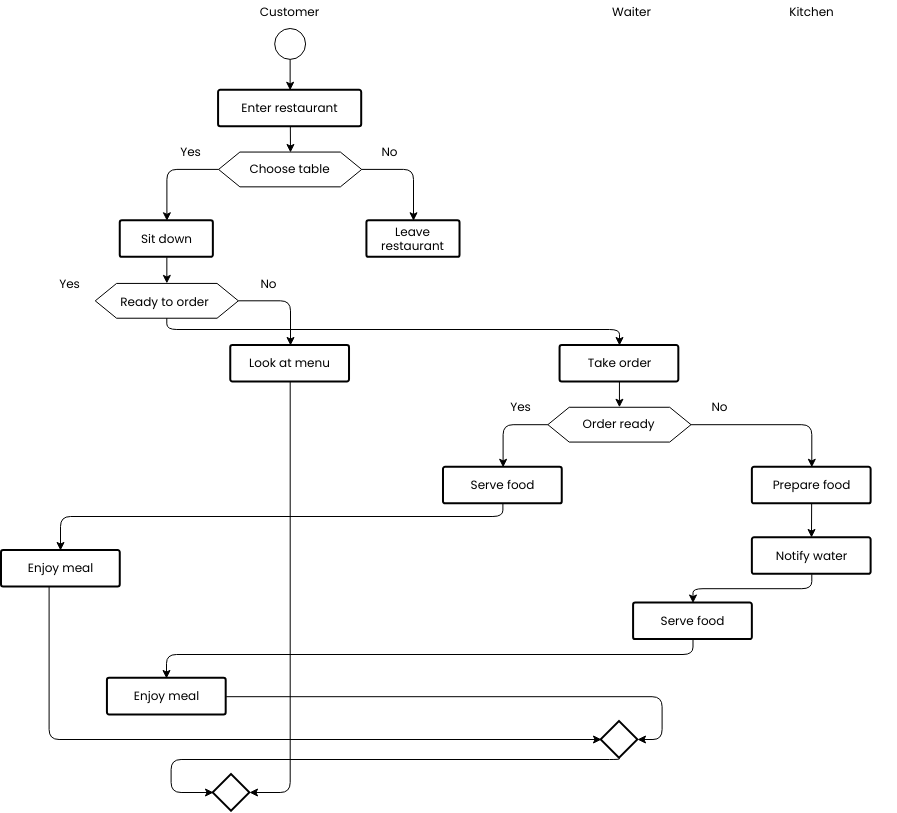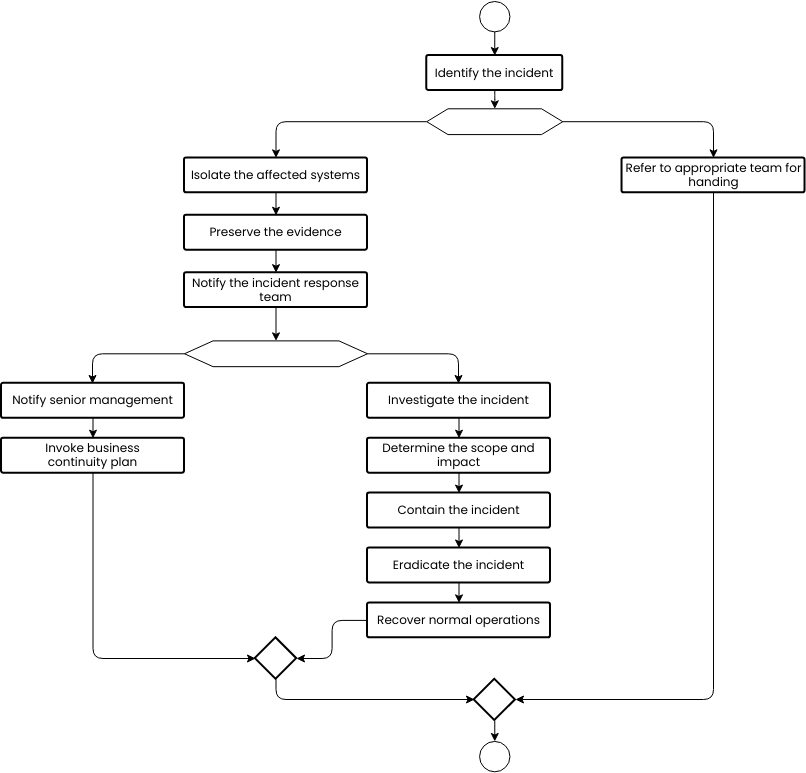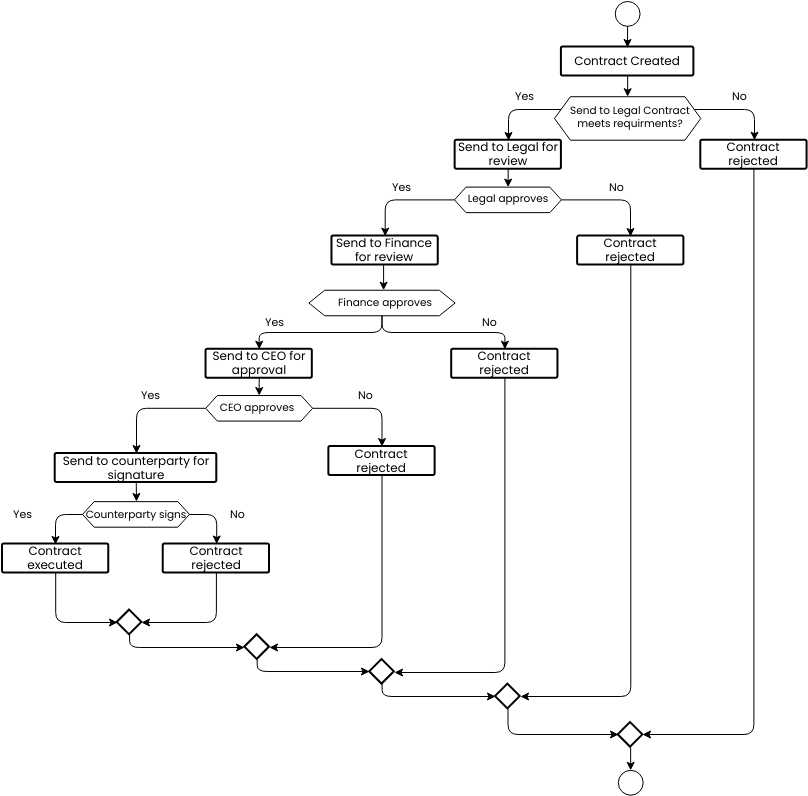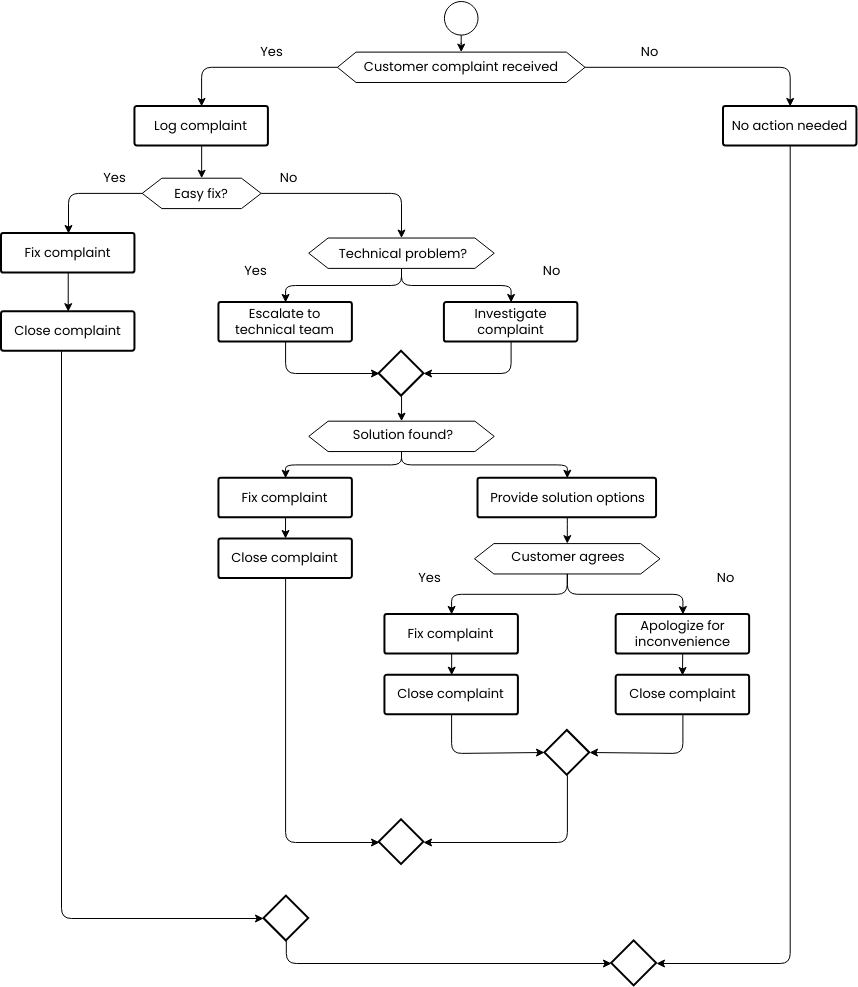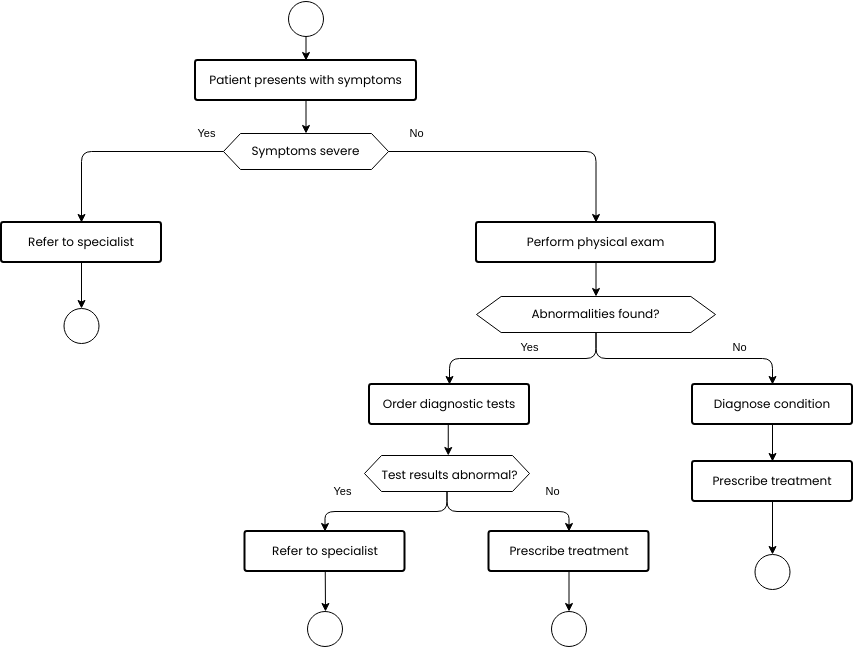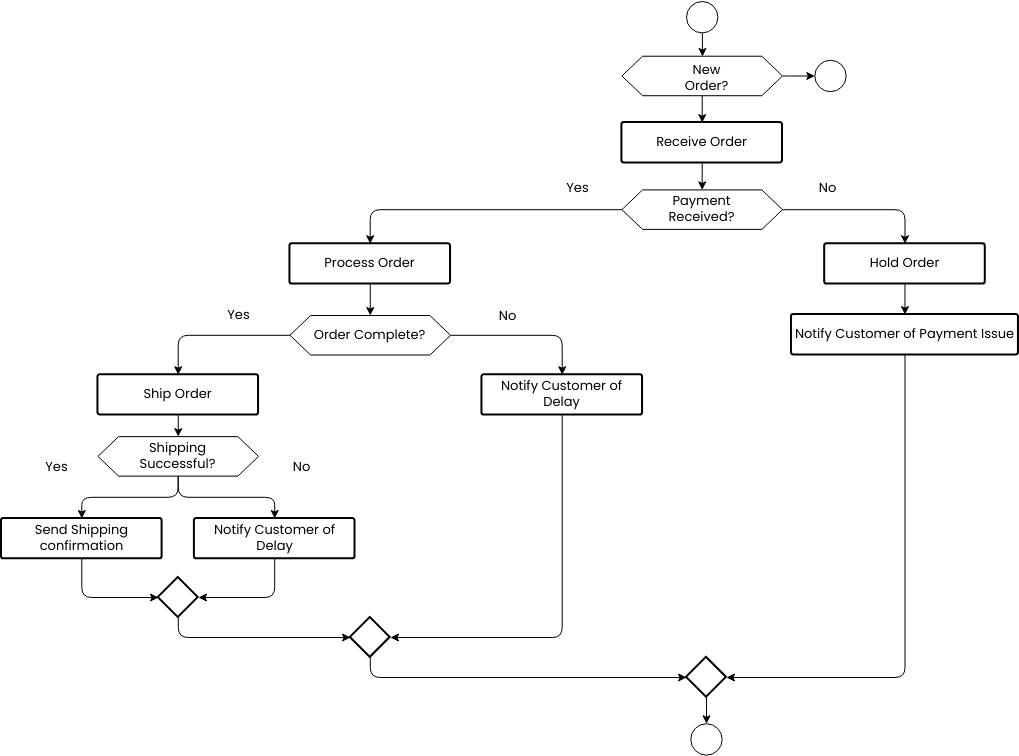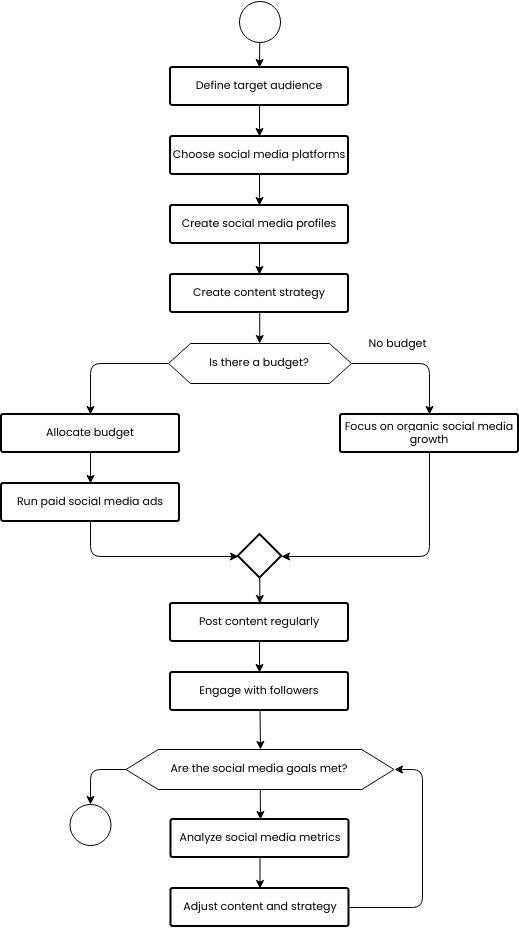The Marketing Campaign Flowchart outlines the steps involved in creating and launching a marketing campaign. The first step is to identify the target audience. This involves understanding who the campaign is aimed at and what their needs and preferences are. By identifying the target audience, businesses can ensure that their marketing campaign is effective and resonates with the intended audience.
The next step in the marketing campaign process is to define goals and objectives. This involves identifying what the business hopes to achieve with the campaign, such as increased sales or brand awareness. By defining clear goals and objectives, businesses can measure the success of their marketing campaign and adjust their strategy as needed.
The next step in the marketing campaign process is to develop messaging. This involves creating clear and compelling messages that communicate the value of the product or service being offered. By developing effective messaging, businesses can capture the attention of the target audience and persuade them to take action.
The next step in the marketing campaign process is to choose channels. This involves selecting the appropriate channels to promote the campaign, such as social media, email marketing, or advertising. By choosing the right channels, businesses can reach their target audience effectively and efficiently.
If influencer marketing is included in the campaign, the next step is to select influencers. This involves identifying individuals who have a strong following in the target audience and can help promote the campaign. By selecting the right influencers, businesses can increase the reach and impact of their marketing campaign.
The final steps in the marketing campaign process are to negotiate terms and launch the campaign. This involves finalizing agreements with influencers, setting budgets, and launching the campaign. By managing these steps effectively, businesses can ensure that their marketing campaign is successful and achieves its intended goals.
Overall, the Marketing Campaign Flowchart provides a framework for businesses to create and launch effective marketing campaigns. By identifying the target audience, defining goals and objectives, developing messaging, choosing the right channels, selecting influencers (if needed), negotiating terms, and launching the campaign, businesses can create campaigns that resonate with their target audience and achieve their marketing goals.
What is the importance of creating a flowchart?
Creating a Marketing Campaign Flowchart is important because it provides a clear and structured process for businesses to follow when creating and launching a marketing campaign. By following the steps outlined in the flowchart, businesses can ensure that their campaign is well-planned, targeted, and effective.
The flowchart helps businesses to identify their target audience, which is crucial for effective marketing. By understanding who the campaign is aimed at, businesses can tailor their messaging and choose the right channels to reach their target audience. This can lead to more effective marketing and higher conversion rates.
Defining goals and objectives is another important step in the marketing campaign process. By setting clear goals, businesses can measure the success of their marketing campaign and adjust their strategy as needed. This can help businesses to optimize their marketing efforts and achieve better results.
Searching for some flowchart templates? Go to Visual Paradigm Online and select some designs for customization now!
